My copy editor Karen emailed me with this question. After replying, I realized that some of you may be pondering the same issues about knitting.
Last week, I made my way to a local yarn shop. Wow, it was both inspiring and overwhelming at the same time. I’ve been doing some crochet and love it. I’m also thinking of trying a knitting project, probably a scarf. At an estate sale, I scored a large bag full of knitting, crochet and sewing supplies–only $5! So I want to give knitting another try. Do you have any tips for beginners? I’ve tried knitting before and ended up frustrated by dropped stitches, uneven tension and the project taking SO long. Any suggestions?
::If you already crochet::
I’ve been teaching beginning knitting for a couple of years now (crazy to think). One thing that I’ve found is that if a student already crochets, they take more readily to the continental style of knitting. If you are completely new to yarn craft, throwing the yarn is the way to go.
KnittingHelp.com has great video tutorials for both Continental (german) and English (throwing) knitting techniques.
Continental knitting has a similar hand position to crochet. You use the similar motion to “hook” the yarn and pull it through the loop. You also use the left had to hold your yarn when knitting Continental, which is the standard for crochet. Yep Similar. Totally different end results, but similar muscle memory.
::Dropped Stitches::
Learn how to pick them up. Seriously, this is one thing that really enabled me to tackle anything. Fearless knitting and all that rot. I like to knit mine back up, but you can also work them back in with a crochet hook. (how to pick up dropped stitches–scroll down to “fixing mistakes”)
::Tension::
If you’ve been at crochet for a long time, it can be really frustrating to try knitting for the first time. Not just the dropped stitches and feeling really awkward with the needles, but wow, the tension. A row of really tight stitches, then one loose one bulging out. It takes time. Work all the way through your first scarf and after 2 skeins of wool, your tension will work itself out. Blocking helps relax stitches into place too. And practice. Just like anything, the more you do it, the better you will get.
::Cast on Anxiety::
When I first started knitting, I knit so tight, especially the cast on. One yarn shop lady recommended to get over my “cast on anxiety” and start with bigger needles, then do the next row on the right sized needles. That way my cast on row wouldn’t be so tight it contorted my project.
Did you learn to knit or crochet first? For knitting, do you knit continental or english?
Happy Crafting!
Kristin
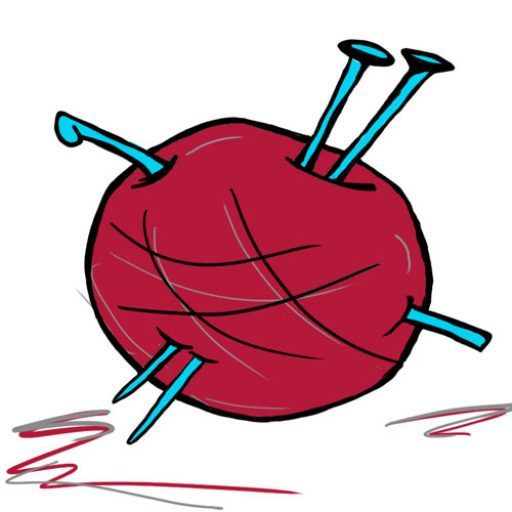
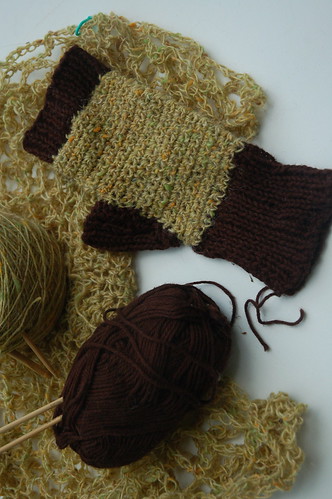
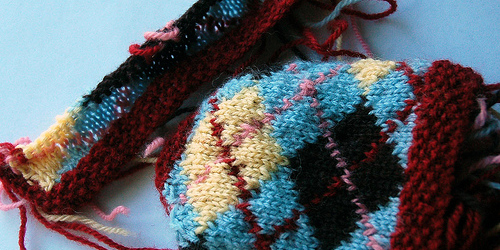
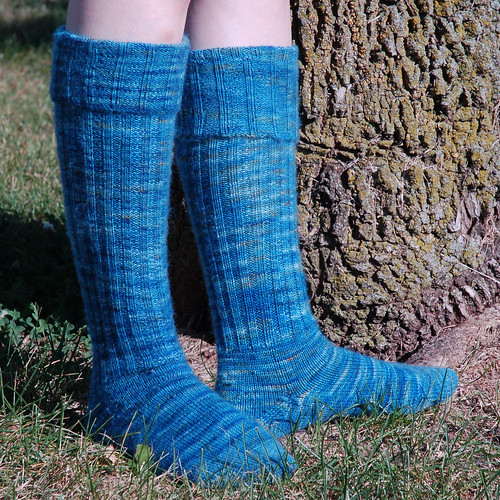
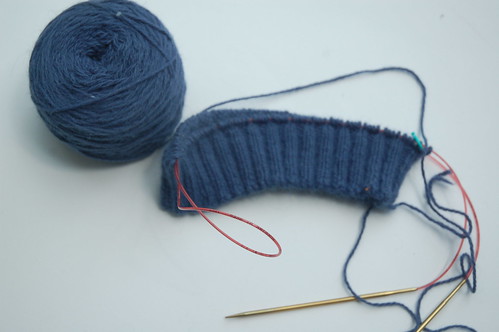

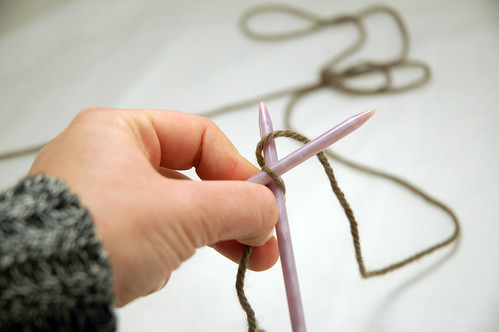
I knit english style I think, holding the yarn in the right hand. Knitting came first, and I'm pretty sure I could crochet but haven't actually made a project with it. I think knitting should be learned first. After that first big hump you feel like you could do anything!
Great post. I learned to knit when I was a kid the American way… then lots of practice and frustration led me to Continental style on my own and my knitting was great after that – speedy and more even stitches. Online how-to's led me to Combination style which is even faster and it's how I do most of my projects now. I usually cast on holding a larger needle or two-together for the cast-on row, this prevents that tight first row.
A couple of years ago I picked up crocheting by following tutorials online and you're right – holding the yarn in my left hand made crochet work very easy. I LOVE crocheting now – and it's especially great for finishing the edge of my knitted projects.
I knit first, and I learned to throw. I also learned to knit through the back loop, which my grandmother does. I taught myself to crochet, but it didn't 'catch' until two years ago. I only recently learned to read a pattern, and still have to look up way more stuff for crochet. I also still knit predominately.
I taught some students at my high school to knit, and some were better at learning crochet first and some knitting. I specifically remember on girl who I spent thirty minutes trying to show her how to chain, and she passed it on to her guy friend who tagged along. He got it in five minutes, and had a chain that kept going. She then picked up knitting needles and had a few rows done before she left!
I learned to knit first, and I do knit continental style, with the yarn in my left hand. I actually tried to learn to crochet first, but it didn't 'click' with me. My tension was always off! It was like crocheting the incredible disappear scarf as row after row got shorter, haha. Knitting, though, comes very naturally to me, and I can knit all but the most difficult projects without fear. I only use a crochet hook to pick up dropped stitches when I knit : )
By the way, I just wanted to thank you for your wonderful blog. I've been an avid reader for several months now, and always find your posts inspiring. So, thank you!
This is really helpful, Kristin – thank you! I've been struggling with knitting forever. Now that I've once again forgotten it all, I'll try a reboot with Continental and see if that does me better.
This is WONDERFUL. I learned to crochet at 8; knit at 53. I throw the yarn, and had little problem with tension -which I attributed to years of crochet. The hardest thing was realizing I did not have to “build up” the row, simply switch needles and turn. And now I love doing both.
All good advice — one more piece — don't take a scarf as your first project! A washcloth, a hat — but not a scarf. takes too long.
Great tips! For cast-on anxiety, I have recommended casting on over two needles held together. Knitting-on and cable cast-ons are my preferred cast-ons for teaching beginners, as they tie into how to knit, and so I don't spend the entire lesson time on long-tail cast-on.
For my local SNB (the Aloha Knitters), I'm putting together an informal workshop teaching knitters how to crochet. It's interesting to see the different learning hurdles and figuring out how to explain it with concepts that are already understood!
I learned both at about the same time, when I was 4 years old. Knitting was more of a struggle, though, until I learned to knit 'Continental' style (Mom knits 'English' so that's what she taught me).
I am a third generation crocheter, but didn't learn until age 20 (from a book). It wasn't until I was 26 that I learned how to read patterns, which really helped me learn a lot of new stitches and also taught me how I could write down the stuff that I was making up so as to remember what I did in the future and relate it to others (I work on product development with a cooperative in Morocco).
I've tried to pick up knitting several times over the last 8 years. The best resource I've found so far is the book Knit 'n Bitch. I found that I did better throwing the yarn and actually LIKE that the muscle movements are different for knit and crochet because it helps me separate the two. I found that the movements were much more fluid in throwing and I found that the continental style frustrated me because of the “pulling” aspect and the fact that a knitting needle is not a crochet hook, as there is no hook! I like that knit and crochet lend themselves better to different projects and it's really nice to be able to switch between the two (although I really need to amp up my abilities in knit).
For casting on in knit I really like using the two yarn method (though I don't remember what it's called). I find that it helps with my tension and makes a really nice edge.